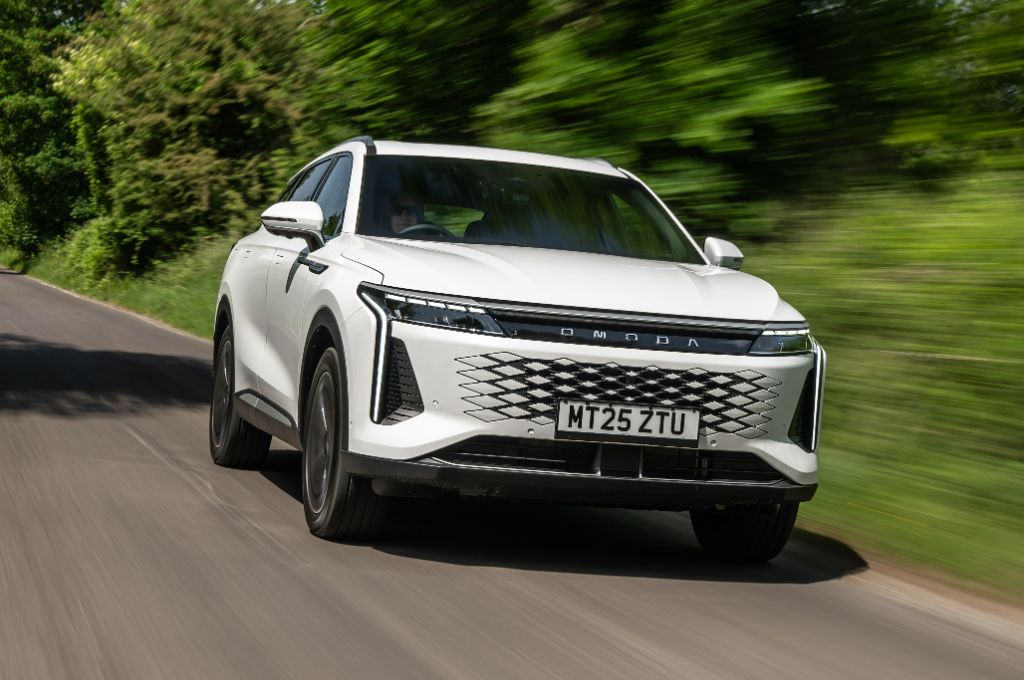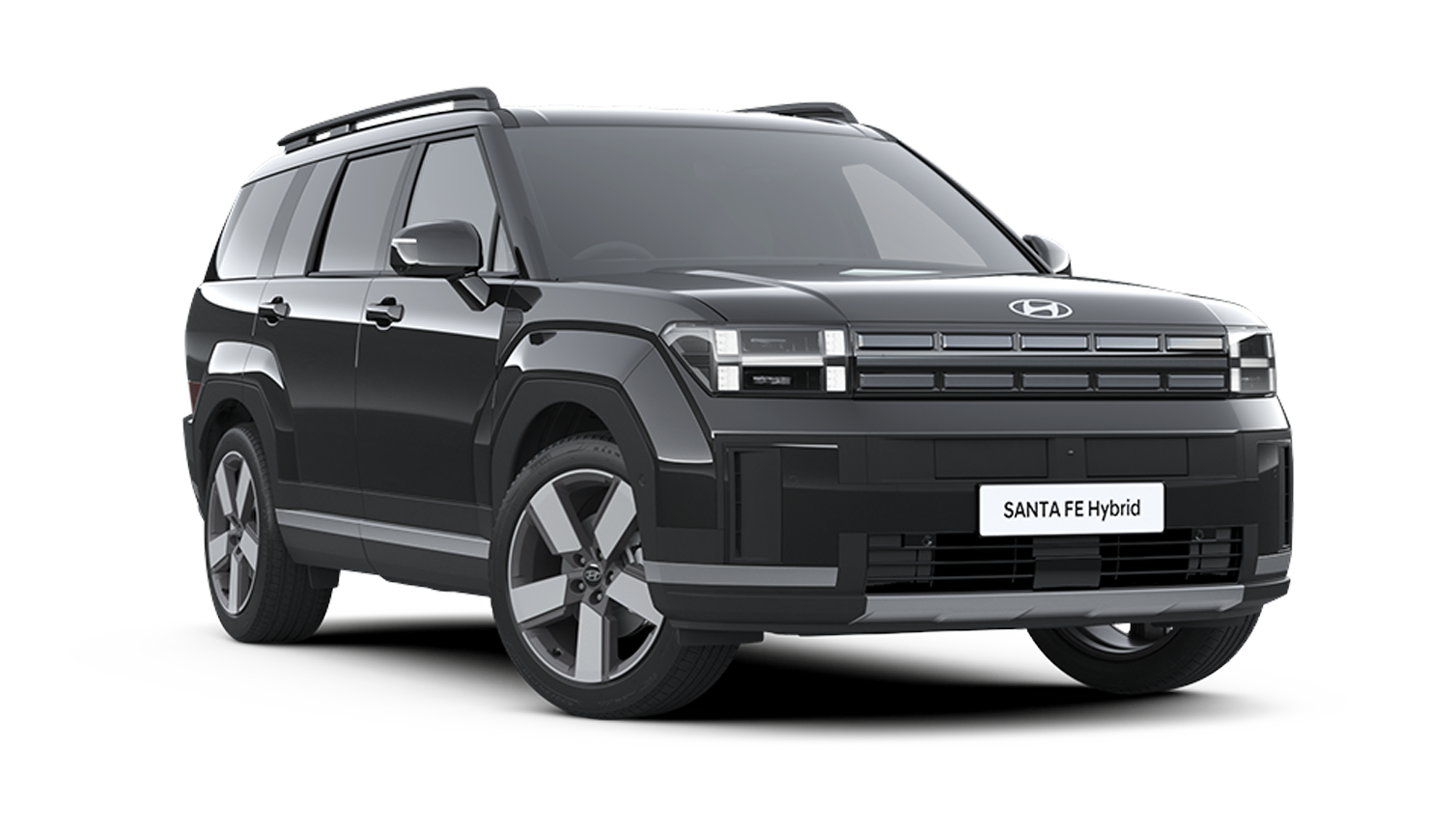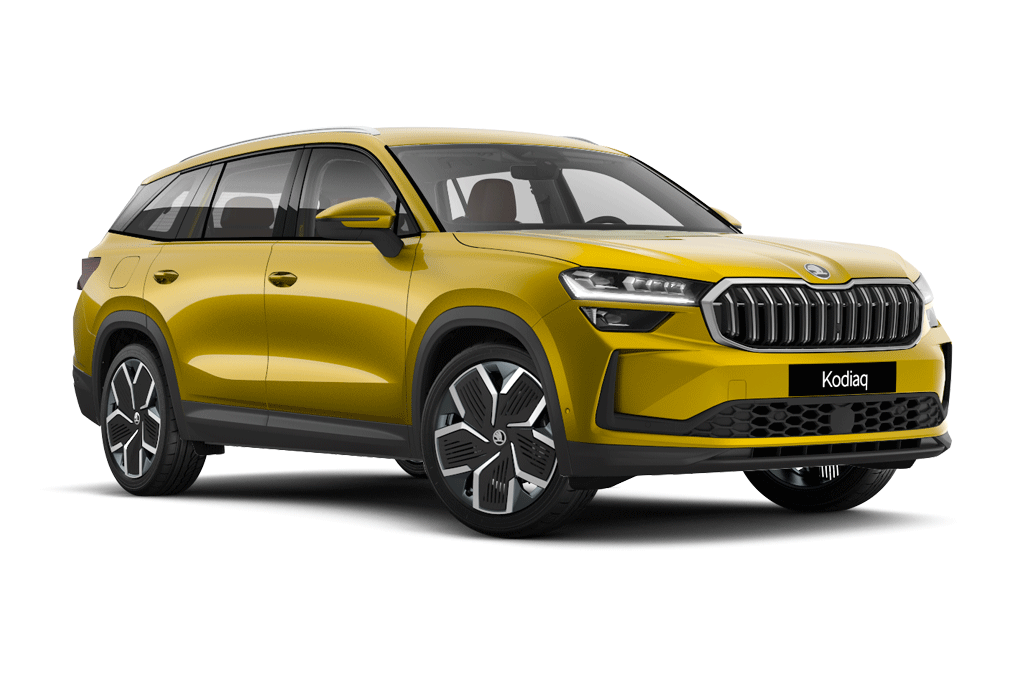Introduction and model history
The VW Tayron is a large family SUV, and a new addition to Volkswagen’s range. At 4.8 metres long, it’s a similar size to alternatives like the Peugeot 5008, Skoda Kodiaq, Mazda CX-80, Kia Sorento and Hyundai Santa Fe.
You can get it with seven seats if you stick to the standard petrol versions, but not if you want the plug-in hybrid (PHEV) Tayron. It loses the third row of seats in order to fit the 19.7kWh battery underneath the boot floor, so you'll have to live with the Volkswagen Tayron plug-in hybrid being a five-seat SUV only. The impressive pure electric range of up to 75 miles will be worth that sacrifice for plenty of buyers, but If you do need a seven-seat PHEV, check out the Hyundai Santa Fe or Peugeot 5008 instead.
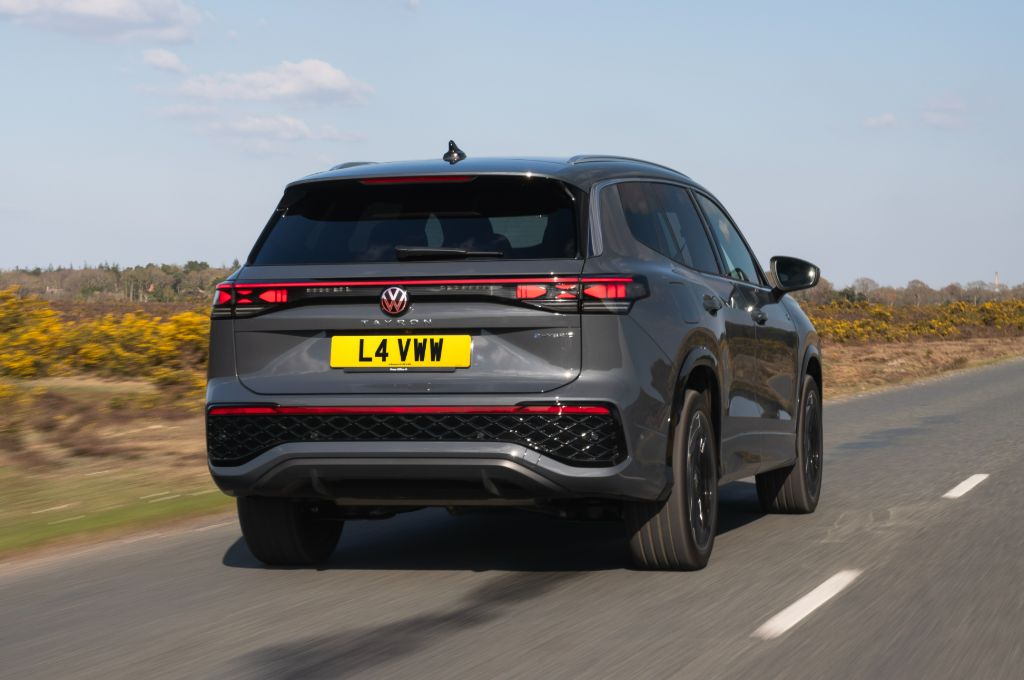
Range, battery and charging
The Volkswagen Tayron gets a 19.7kWh battery that’s good for a WLTP electric range of up to 75 miles, which is longer than many rivals including the Kia Sorento, Peugeot 5008 and Hyundai Santa Fe – although the Omoda 9 will go even further to a charge. The 1.5-litre turbocharged petrol engine in the Tayron will keep you going after the battery’s out of charge.
There are also various modes in the Tayron, as with most PHEVs. You can leave it in ‘auto’ mode, when the car flips between electric and petrol power automatically depending on how you’re driving, or you can put it in pure electric mode (provided there’s enough battery), or you can save the battery power for later.
As for real-world electric range, we haven’t spent enough time with the VW Tayron PHEV to really know for sure, but we’d estimate that you’ll see between 50- and 60 miles of pure electric running.
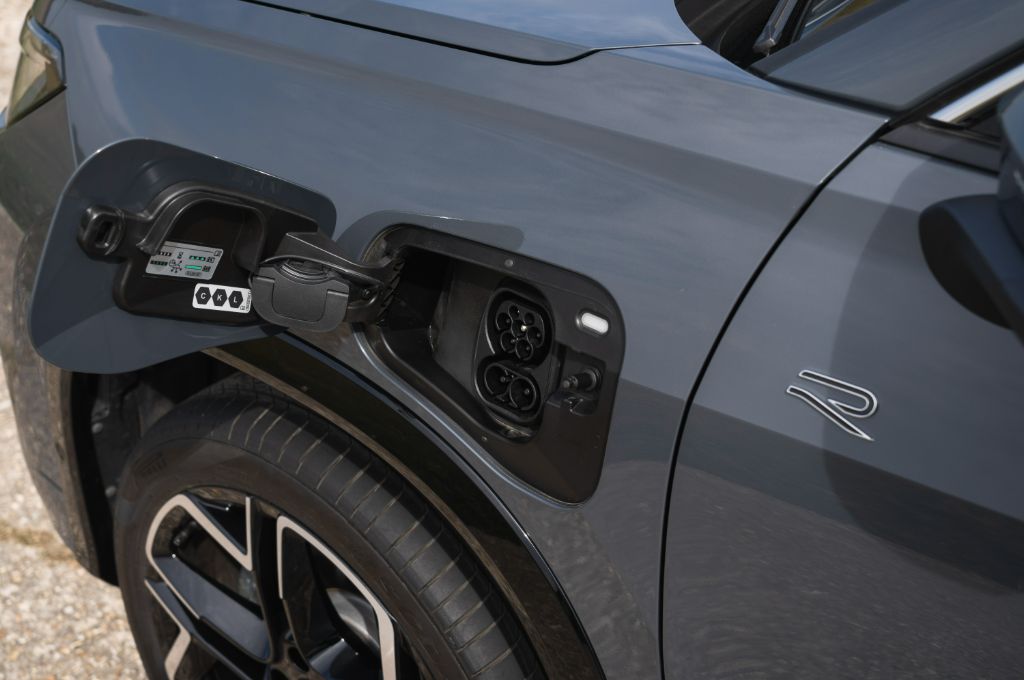
That impressive electric range means that CO2 emissions are as low as 9g/km, which puts the Tayron in a really low company car tax band.
You get rapid charging of up to 40kW in the Tayron, which is a real perk as quite a few other PHEVs don’t get rapid charging at all. That’ll get you an 80% top-up in half an hour, although most will charge at a 7kW home charger that’ll deliver a full battery in under four hours.
Practicality and boot space
The Tayron is pretty huge inside, with loads of space in the back even for a couple of tall adults. There’s a centre armrest with cupholders, a couple of charging ports and reclining seat backs, too. The seats also fold down flat if you need them to, leaving a huge, extended load bay.
Even if you leave the seats in place, there’s 705 litres of luggage room in the VW Tayron plug-in hybrid, so you’ll get the dog, the buggy and the weekly shop in there (all safely separated, of course…). Mind you, the Peugeot 5008 and Skoda Kodiaq both have even bigger boots, so if you really do have a lot of stuff to carry then they may do a better job.
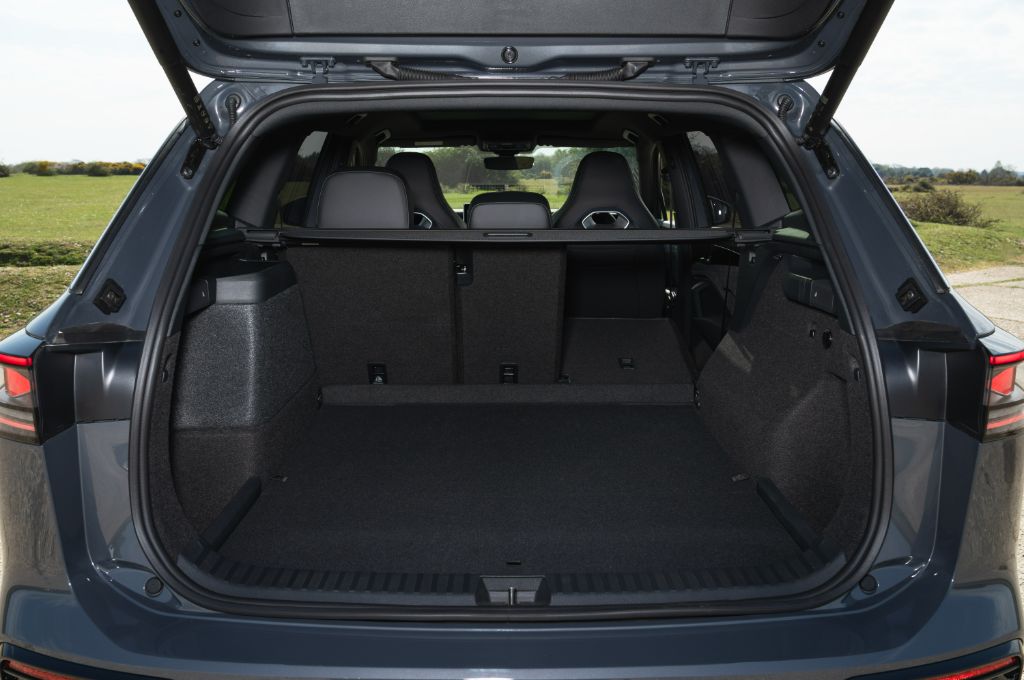
Interior, design/styling and technology
The Tayron gets a 12.9-inch touchscreen infotainment system as standard, or you can upgrade to a 15-inch version. I’ve only tried the upgraded system, which is pretty impressive but I have to say that I’d save the money and stick with the normal system. After all, it’s got all the same functions including wireless Apple CarPlay, Android Auto, sat-nav and voice control, although upgrading does get you ChatGPT (no, I’m not sure what real use that is, either) and a head-up display.
The worst thing about the Tayron’s slightly boring but solid-feeling cabin is that it gets fiddly, touch-sensitive switches for the climate control and volume, and the buttons on the steering wheel can be a touch confusing, too.

Other than that, the infotainment system is relatively easy to use – much better than the early systems that arrived in the VW ID.3 and ID.4, for instance. The graphics are sharp, the menus are pretty straightforward, and it responds quickly. I’d say that Kia, Hyundai, Renault and Volvo all have even more user-friendly setups, but the VW’s isn’t bad at all.
Motors, performance and handling
There are a couple of power outputs available with the Tayron eHybrid plug-in hybrid. Most buyers will be happy with the 201bhp version that’s available with a wide variety of trims, and will do 8.6 seconds to 62mph. However, if you go for the sporty-looking Tayron R-Line model then you can choose the higher powered 268bhp version of this same powertrain, which will do 0-62mph in 7.6 seconds. It’s the same petrol engine, the same six-speed double clutch ‘DSG’ automatic gearbox, the same battery (delivering a slightly lower WLTP range of 73 miles)… just with more power.
You can only get the Tayron eHybrid plug-in hybrid with front-wheel drive, too – even if you go for that high powered version you don’t get all-wheel drive. You can tow a barked trailed of 2.0-tonnes with the high powered version, or 1.8-tonnes with the low powered version, which could make this a good option for caravanners.
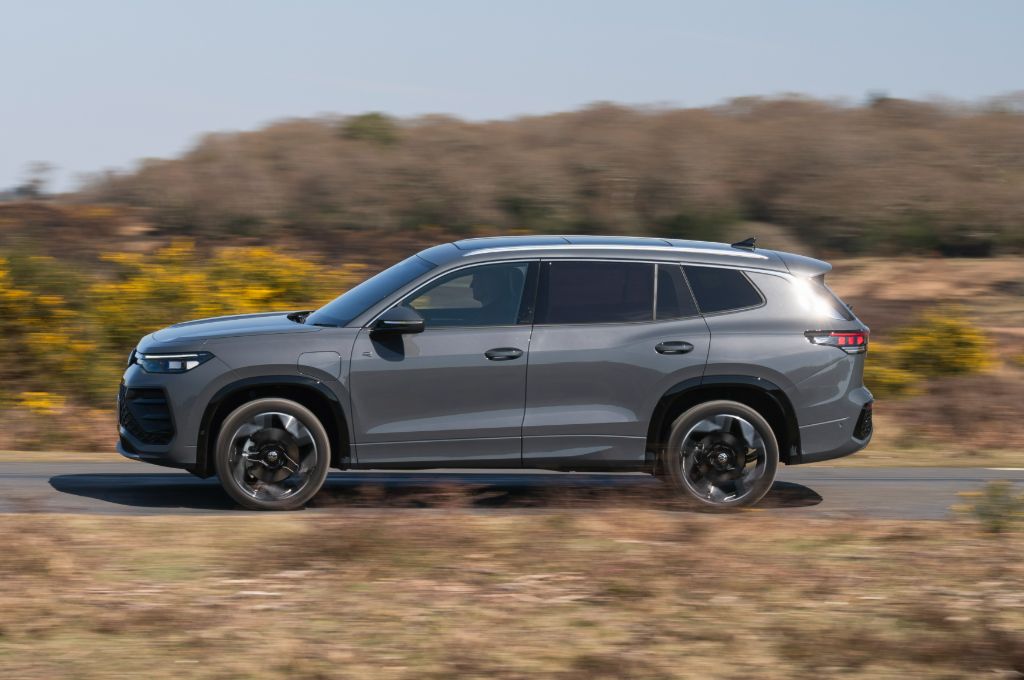
We’ve only driven the 201bhp VW Tayron eHybrid PHEV, and it’s absolutely… well… fine! Nothing more, nothing less. The 1.5-litre, four-cylinder turbocharged petrol engine is noisy if you rev it hard, but at an everyday mooch it settles to a background thrum that’s easy enough to ignore. There’s a slight hesitation when the powertrain switches from electric to petrol or vice versa, but it’s not too intrusive, and while there is a lot of body roll it’s well enough controlled that your kids aren’t going to be decorating your leatherette seats with vomit.
Mind you, our test car had optional adaptive dampers fitted, which did work well to iron out the worst of the roads creases and bumps so that could be a worthwhile addition.
It’s not fast, the Tayron – it does feel like a heavy car and it sounds a bit laboured if you want full acceleration, but it’s good enough to still feel okay on a fast motorway merge. Fit for purpose, is the phrase that comes to mind.
Running costs and pricing
The Tayron isn’t the cheapest plug-in hybrid SUV, but it’s more affordable than the Hyundai Santa Fe and is competitively priced with most rivals including the Omoda 9 and Skoda Kodiaq. The MG HS is usefully cheaper on list price and finance deals, so do check that out if purchase price is a chief priority, but the Tayron is already available with some good finance deals that’ll see you into a mid-spec eHybrid model for under £500 per month, with a reasonable deposit or part-exchange.
There’s a trim to suit every buyer in the Tayron PHEV’s expansive range, but avoid the R Line as it’s expensive and really only brings sportier styling. We’d stick with the Elegance trim, with the lower powered eHybrid 204 powertrain, as it gets almost all the kit you want – including keyless entry, adaptive cruise control and more - at a really decent price. Add the panoramic sunroof and rear heated seats to keep the kids happy.
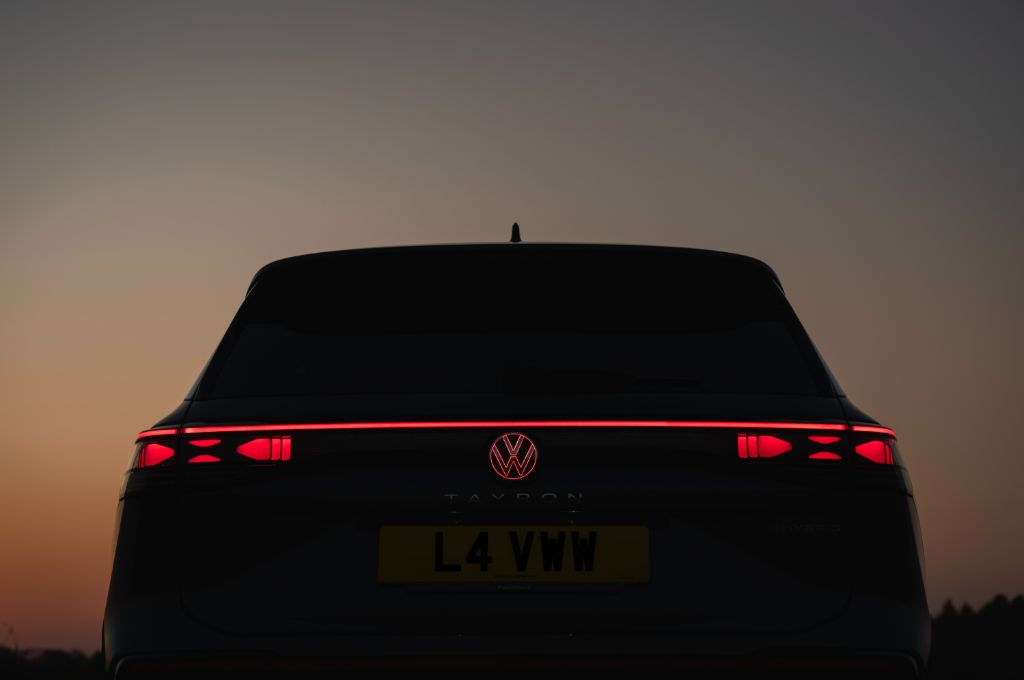
A lot of Tayron PHEV drivers will be company car users. Thanks to its long electric range and impressively low CO2 emissions of around 9g/km, the Tayron PHEV falls into a lower Benefit in Kind (BiK) tax band than many rivals so is one of the most affordable big plug-in hybrid cars if you’re a company car driver.
As for fuel costs, if you charge at home on a normal home tariff you’ll be paying roughly £5.50 for a full battery in the Tayron, or you could halve that if you use an off-peak tariff. For some context, that’ll work out at 5- to 9p per mile (depending on the tariff you use and efficiency you see). With the petrol engine running, expect the Tayron to manage roughly 38mpg, which will work out some 15- to 20p per mile, so it will save you a lot of money to charge up and run on electric power as often as possible.
Verdict
The VW Tayron is a peculiarly unlovable car, but that doesn’t really matter because it’s extremely good at its job. It’s calm, comfortable and huge inside. It is disappointing that you can’t get the Tayron plug-in hybrid with seven seats, but if you’re not too worried about taking the entire junior football team in the car then the long electric range, decent practicality and good costs all make the Tayron a really great option.
Like the VW Tayron eHybrid? Try these...
Want all the latest electric car news, reviews and videos? Sign up to the Electrifying newsletter, and don't forget to check out the Electrifying podcast.





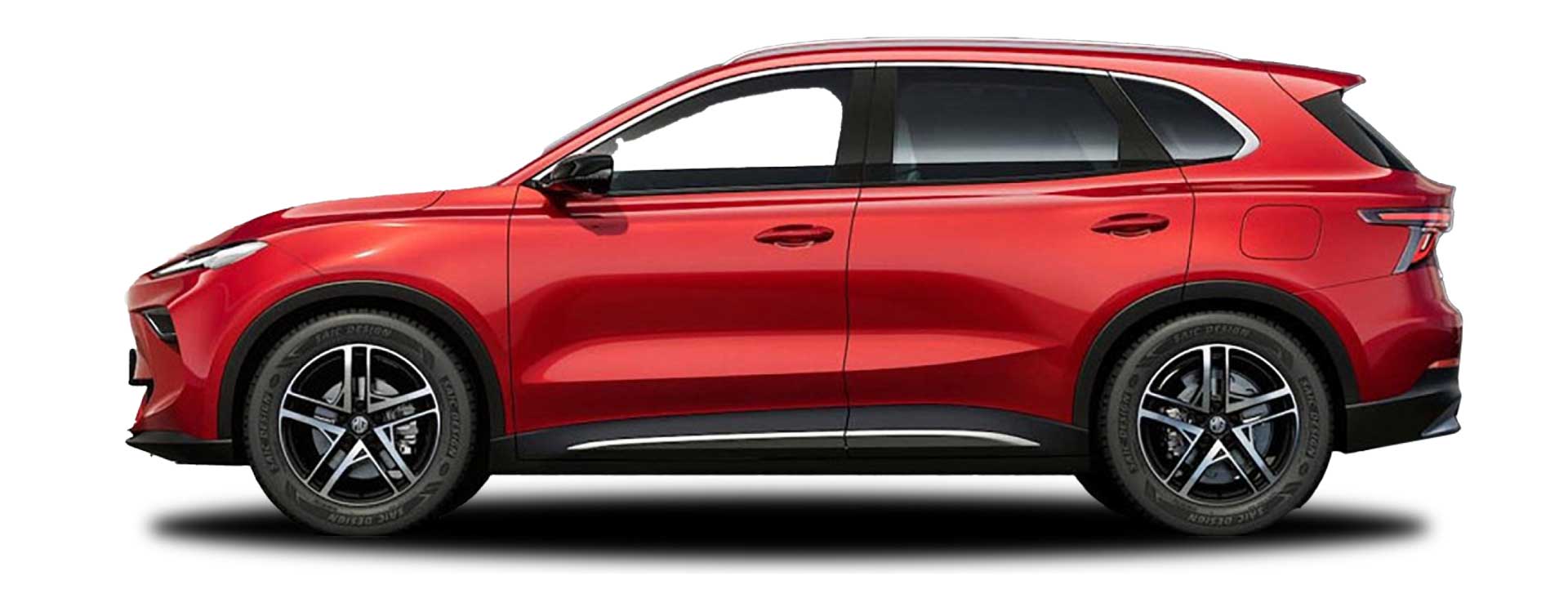



 CO2: 9g/km
CO2: 9g/km

.jpg)
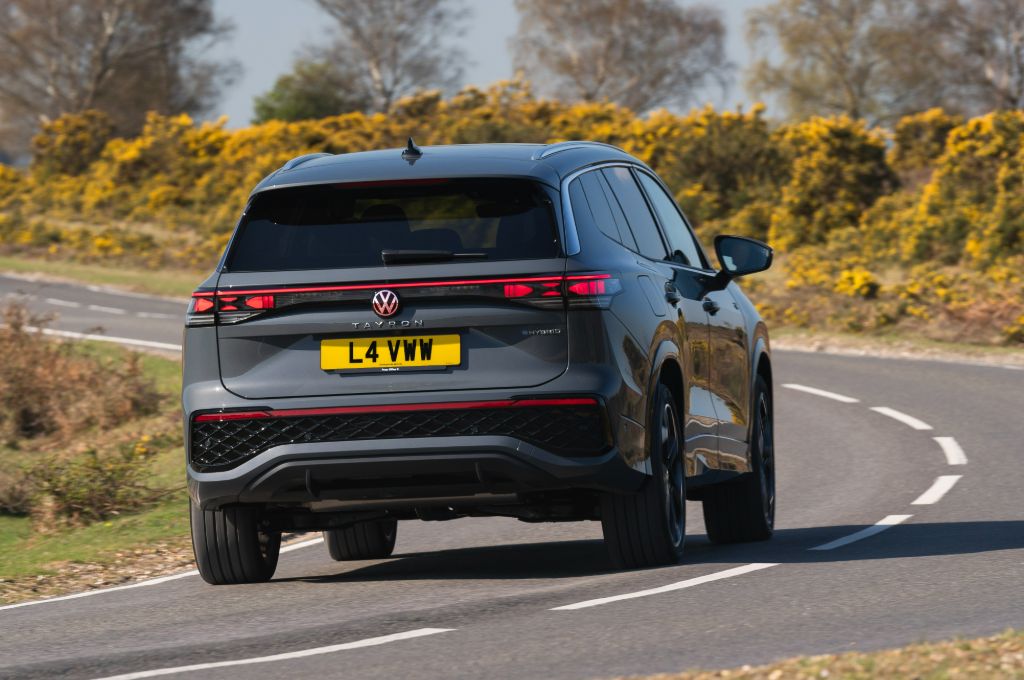

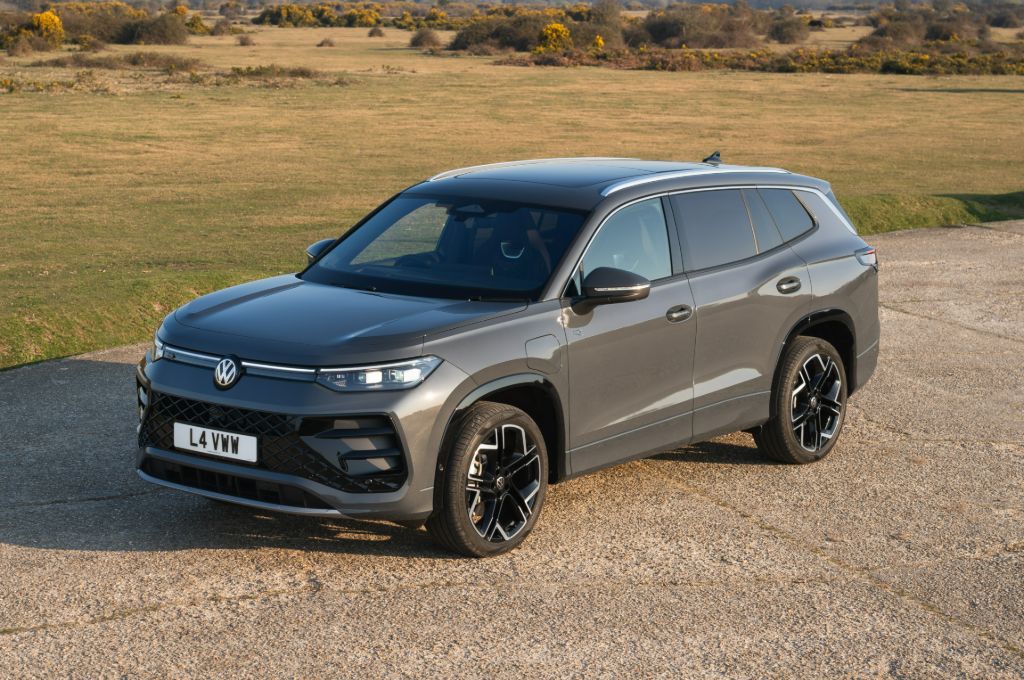
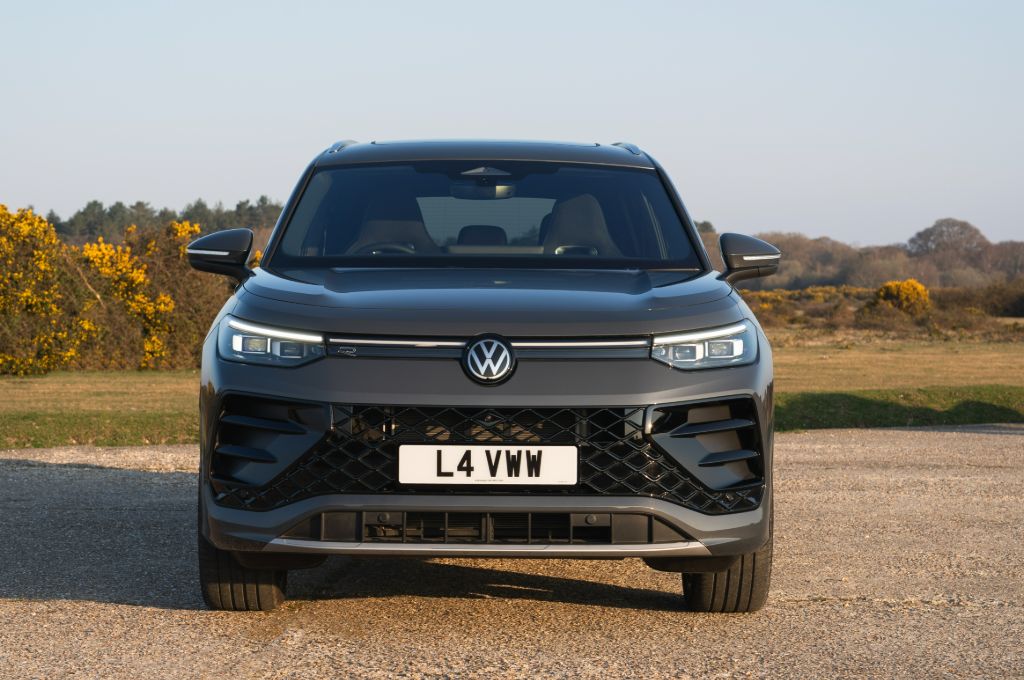

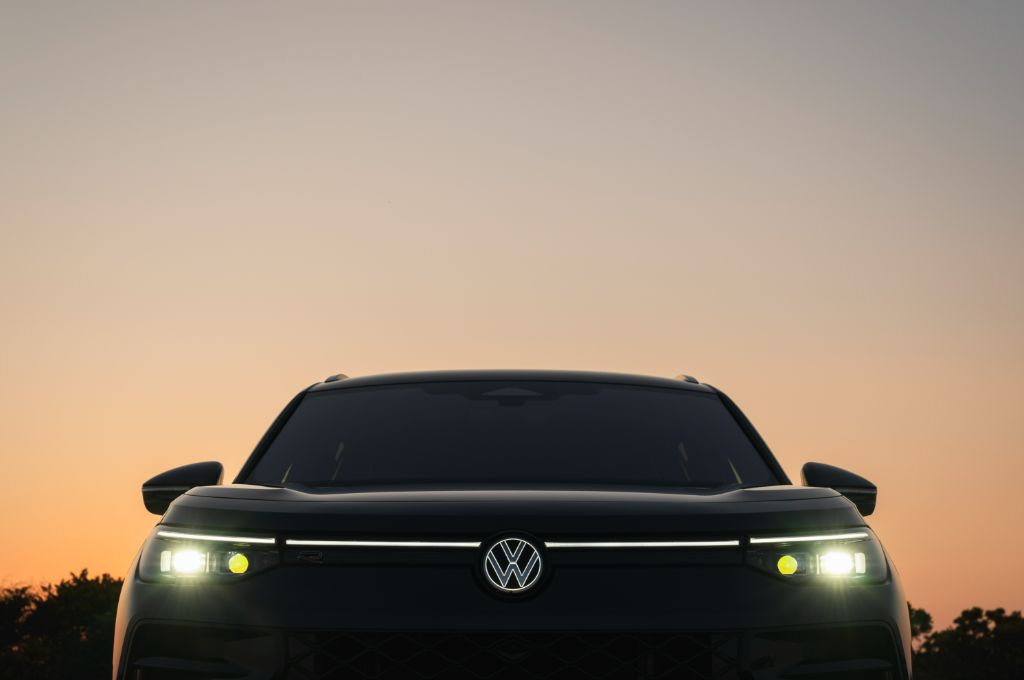


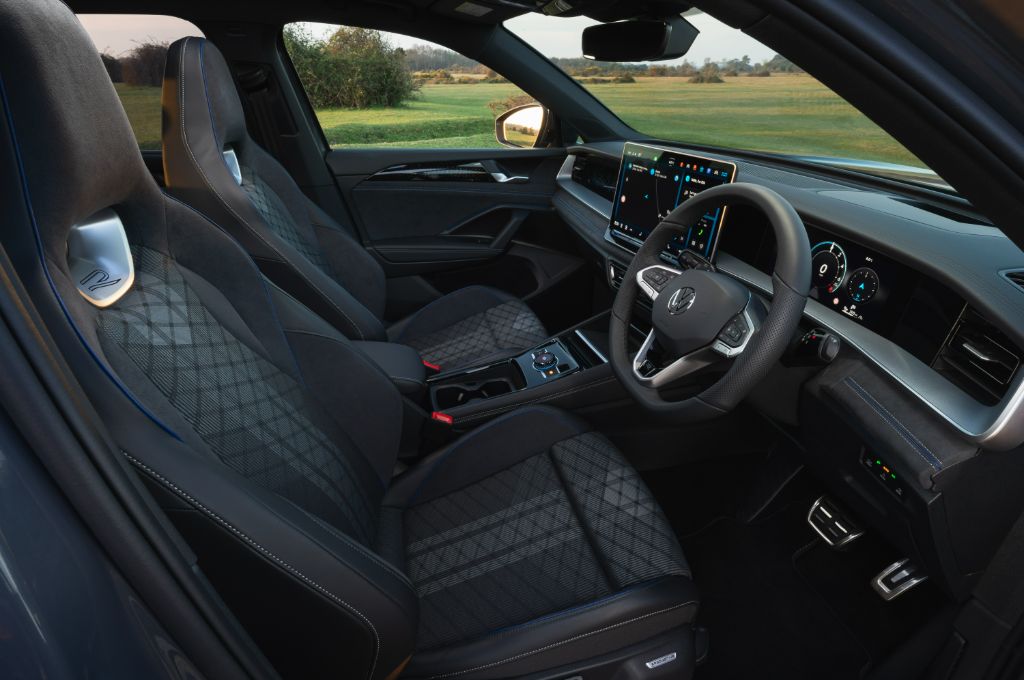
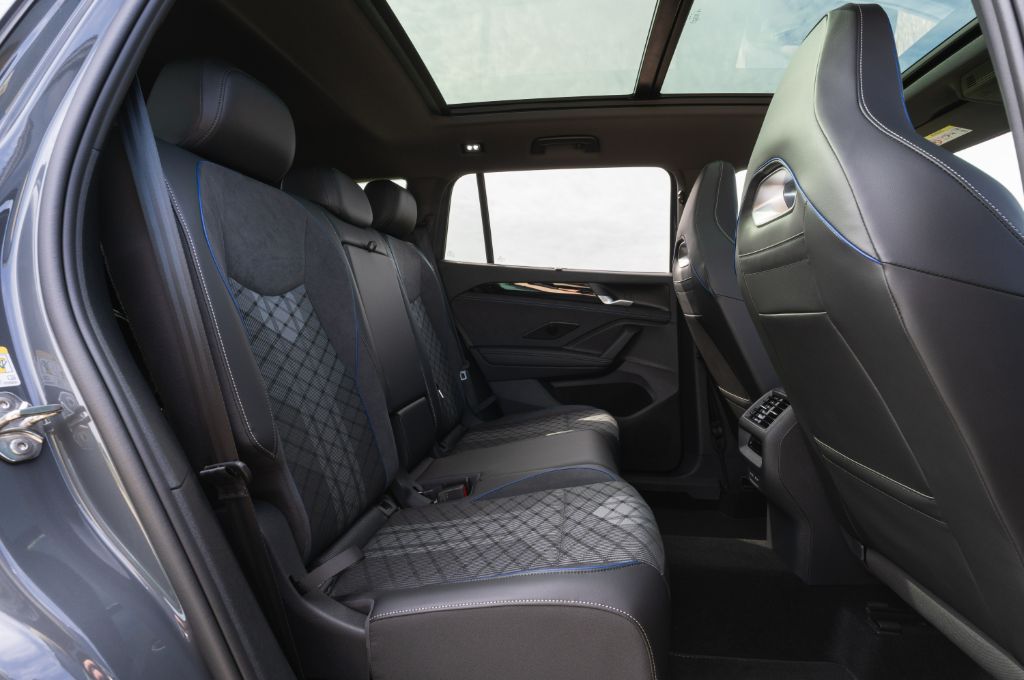

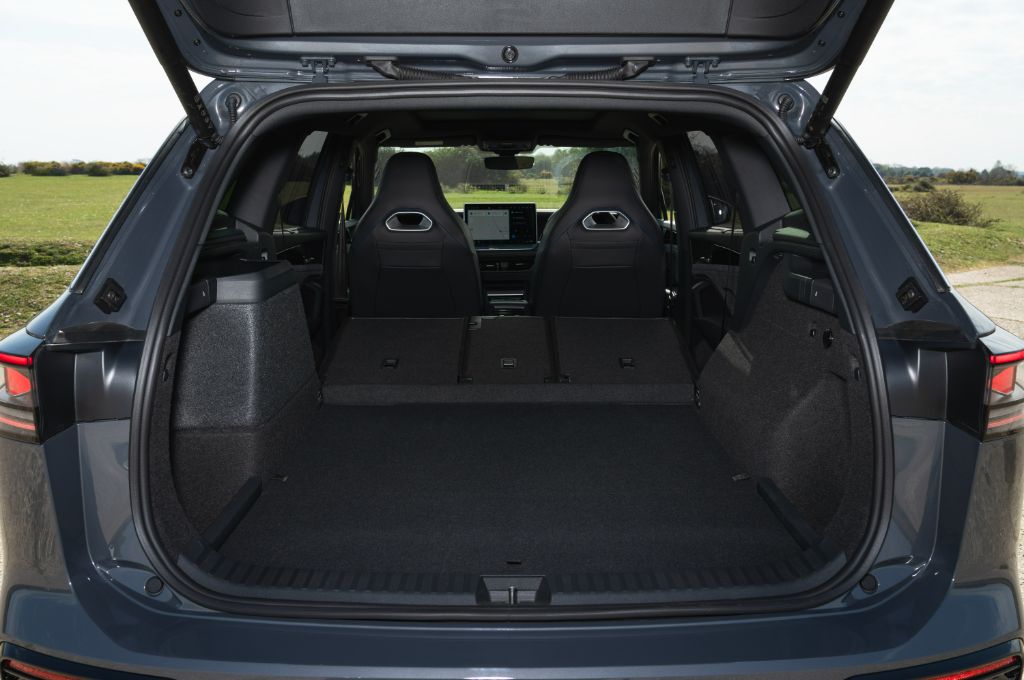




.jpg?width=1500&height=1000)
